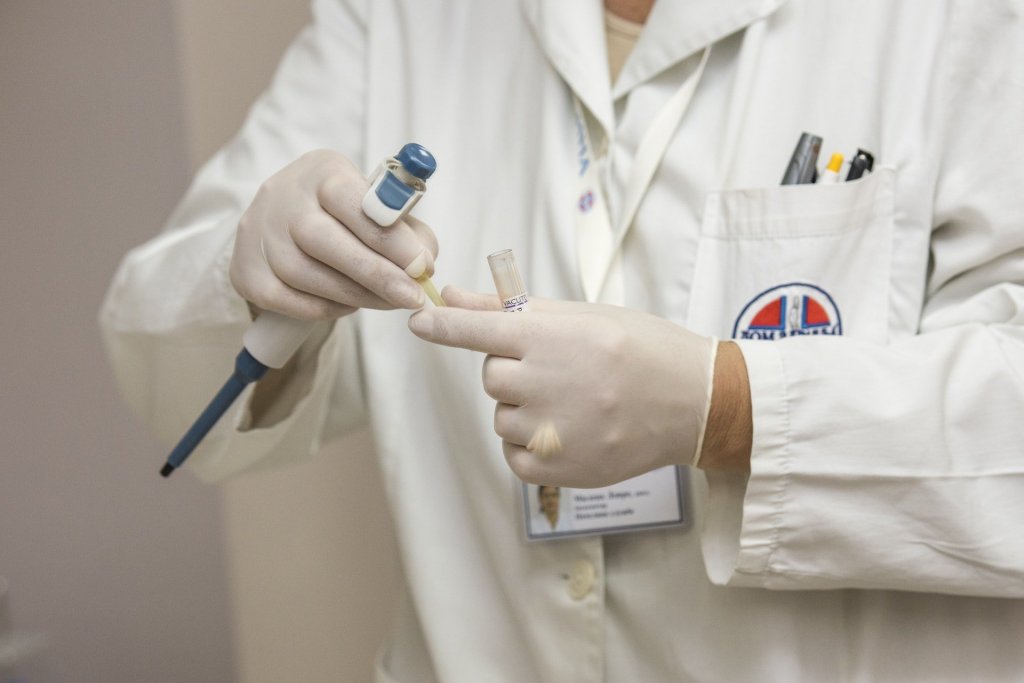A new drug discovery and cost associated with the R&D is getting steeping high day by day. In addition to this all the regulatory requirements are getting stringent and pharmaceutical organizations are getting forced to evaluate and explore alternative processes, tools, technologies around clinical trial, drug discovery, reporting & compliance.
Some of the biotechnology and pharma organization are bridging the gap by introducing BPO strategy in close conjunction with implementation of Robotic Process Automation (RPA). For some time, pharma companies have outsourced certain functions to Clinical Research Organizations (CROs) in efforts to extract move value from R&D investments. Though this initiative has its own benefits but also bring in challenges in terms of high cost of managing CRO relationships as they religiously follow business processes associated with clinical trials, clinical data management and pharmacovigilance, CROs apply standard and consistent rules to nearly every process associated with clinical research.
Similar to any outsourcing initiative it is very important to identify outsourced and retained function for the success of program. Similarly, tactical and repetitive functions are well-suited for CRO outsourcing.
Typical CRO outsourced tasks
- Data entry of data into statistical databases,
- Checking data quality on completion of a study,
- Monitoring protocol compliance,
- Submitting data to regulators & clarifying anomalies and
- Designing data collection methods.
Many of the business processes involved in these outsourced tasks, meanwhile, are highly structured, consistent and repeatable. These people-intensive processes require staff to toggle between multiple systems and screens to achieve “last-mile” integration of clinical data checking, inputting, searching, collating or analyzing to report an outcome.
The game-changer for pharma is that that many of these processes managed by a CRO are absolute prime candidates for RPA, which is ideally suited to any process that can be defined and consistently executed with minimal variation.
As we know every action performed by an RPA tool is TRACEABLE and AUDITABLE, a key advantage in an industry where proof of COMPLIANCE is critical. The built-in SCALABILITY of digital automation code and the modular architecture of process automation further reduces the need for people-based process execution.
From a Human Resources perspective, RPA can be deployed in Collaboration with IT or Independent of IT staff support. Indeed, ease of deployment is one of the key enabling features of today’s RPA applications, and key advantages over traditional automation tools.
Another key advantage of RPA is to enables Integration with or replacement of existing automated systems. Again, this facilitates adoption and prevents the need for significant investment of capacity or human resources to manage the integration.
The potential role of RPA in clinical research also gives client organizations a new set of thoughts to adopt technical innovations to improve speed, accuracy and compliance at a reduced cost.
Technology advances are becoming increasingly critical to both pharma firms and CROs, and both must invest heavily in technologies such as RPA to drive the efficiency needed to survive.
Ready for your Intelligent Automation journey?



An informative one on the roles of CROs. Thanks for sharing.